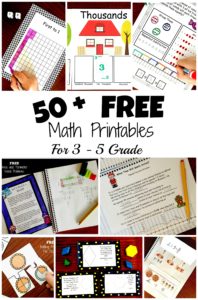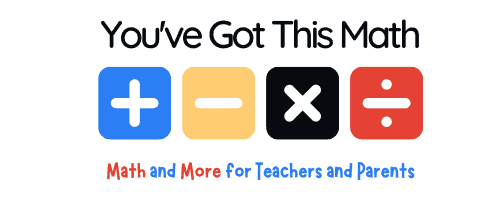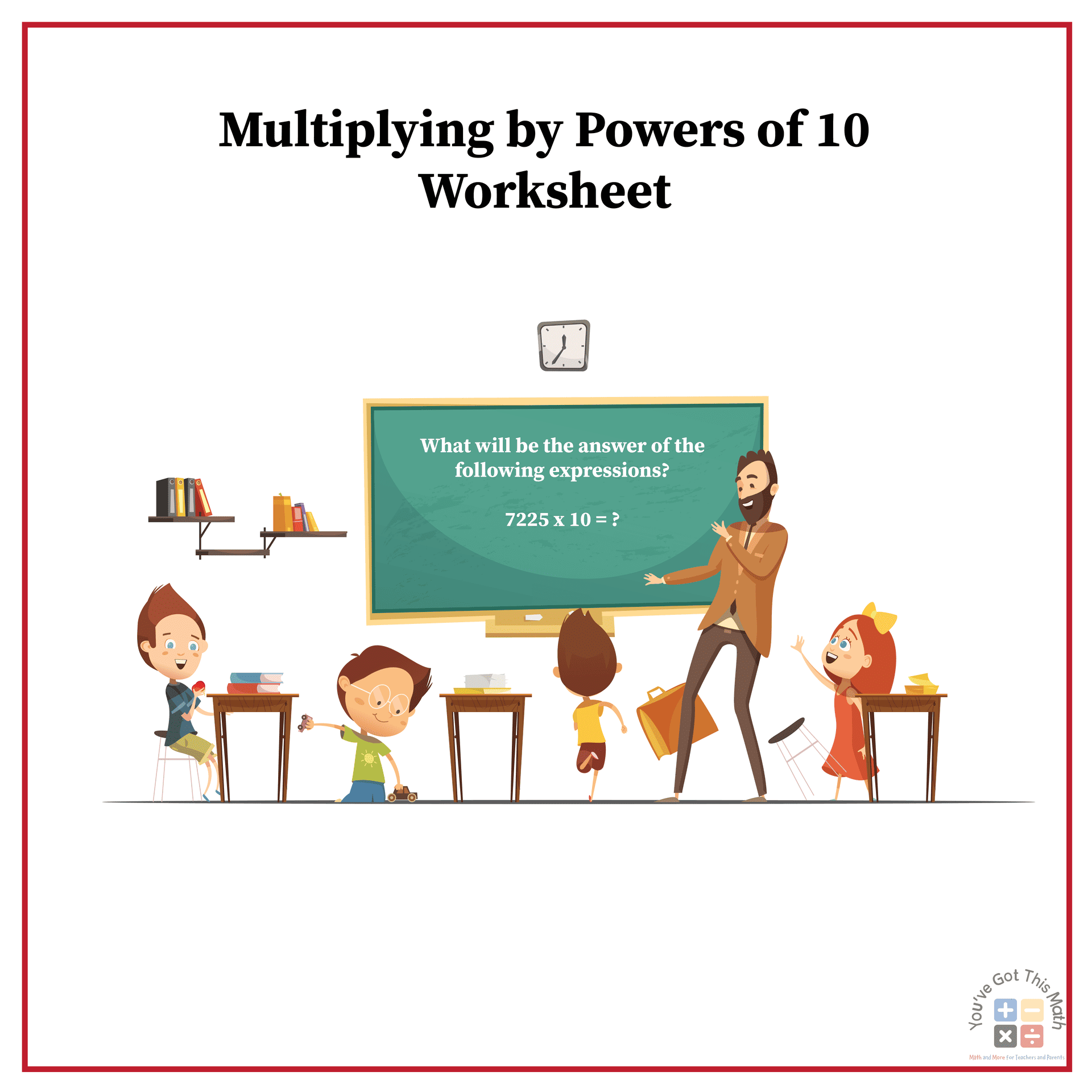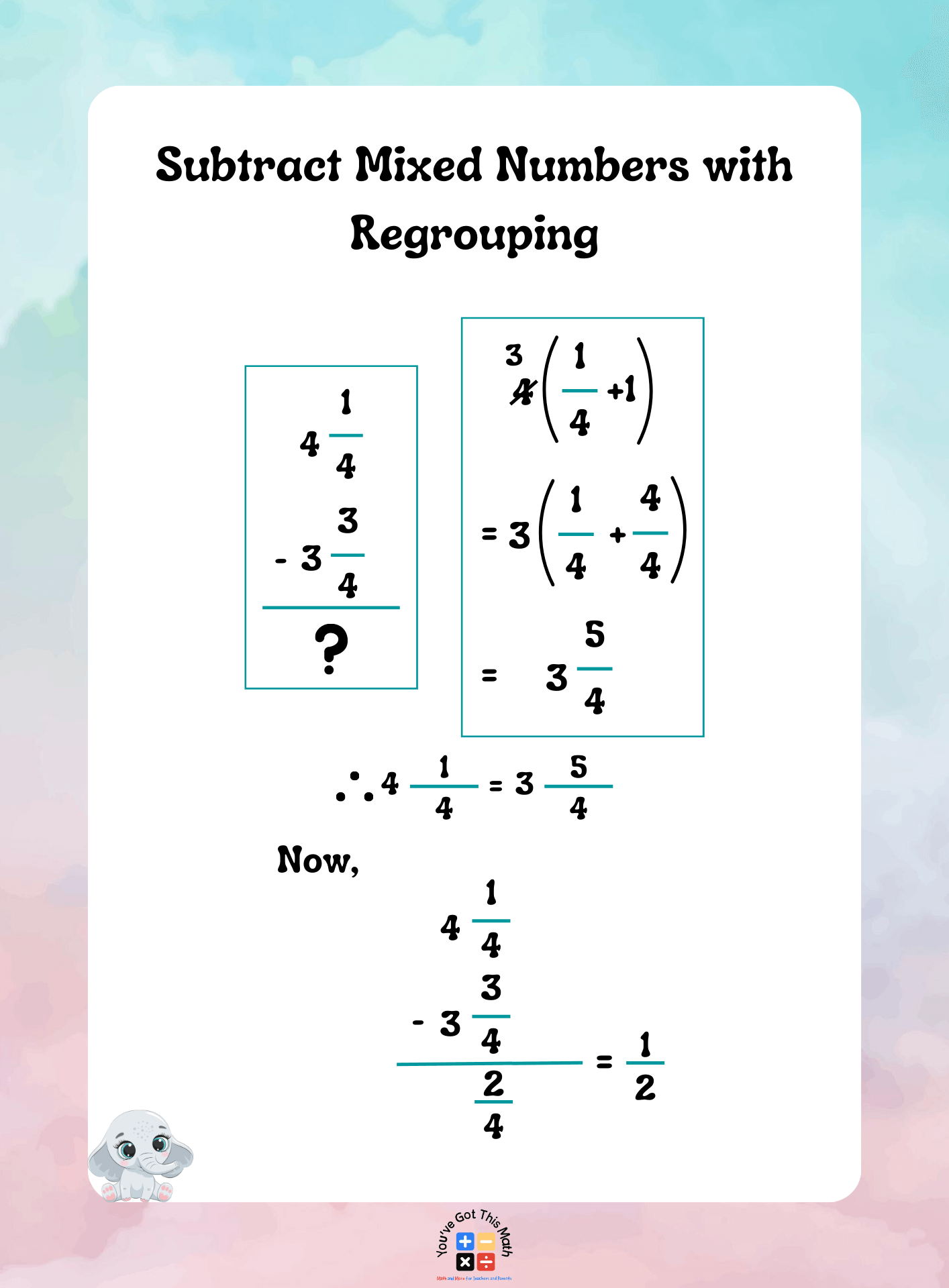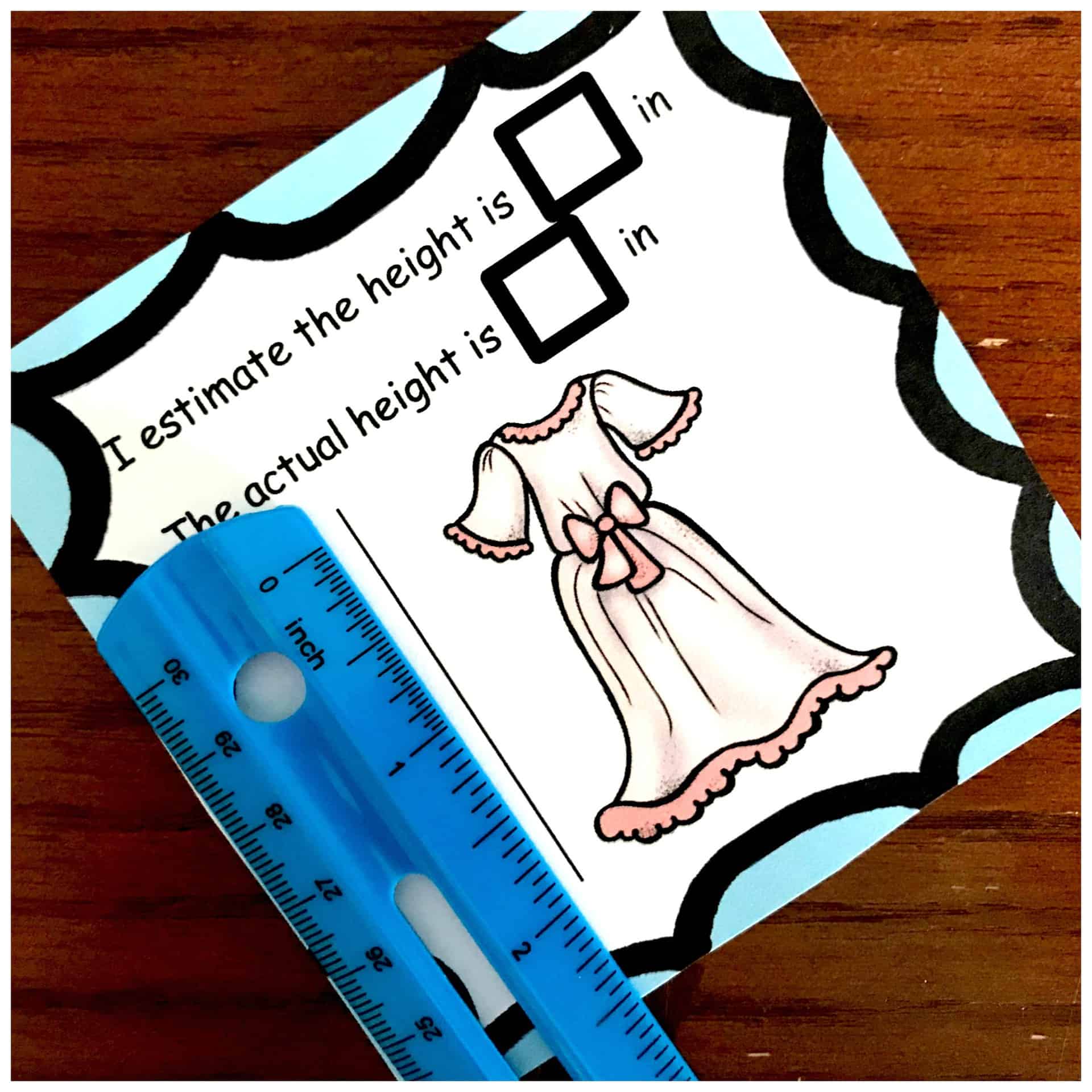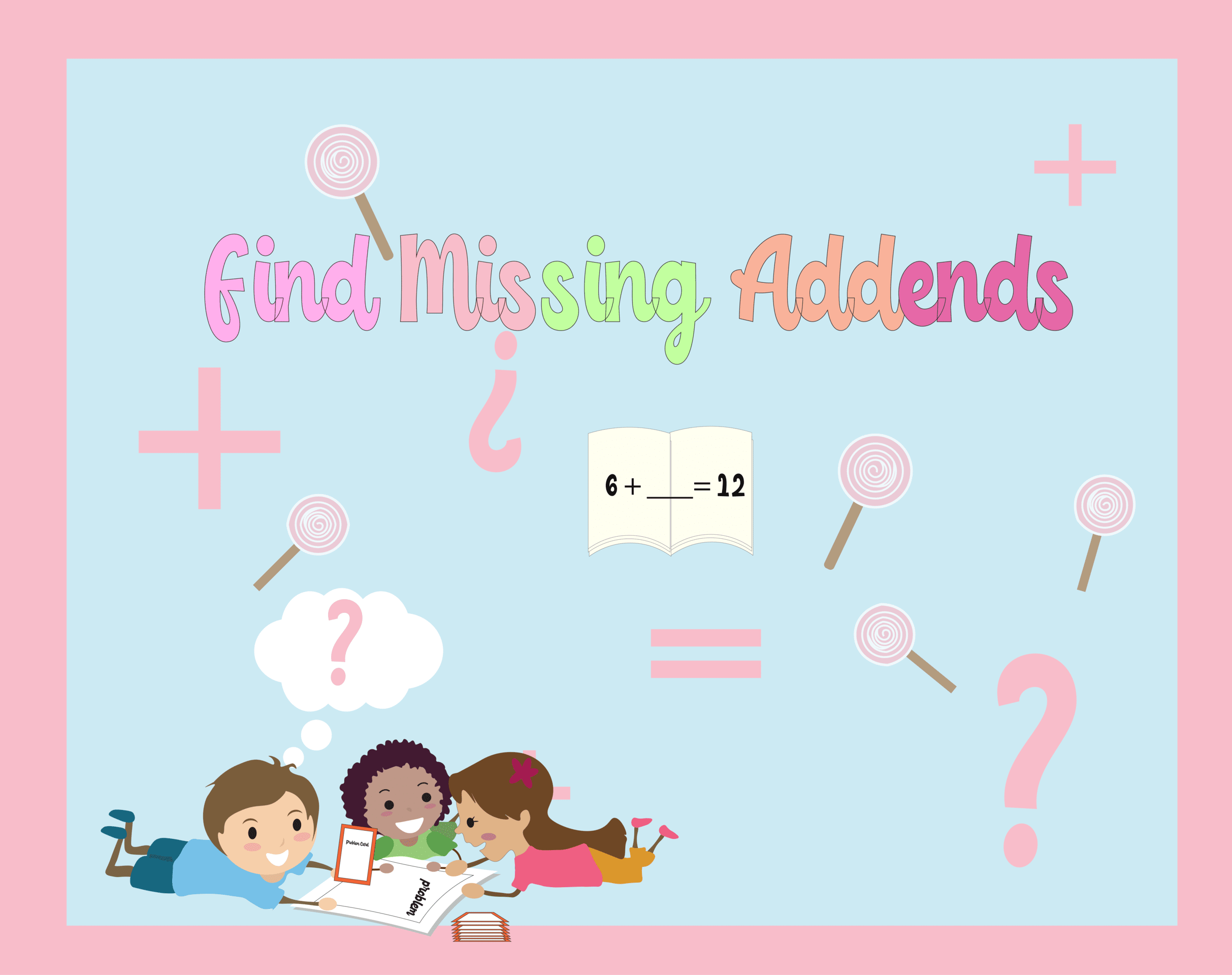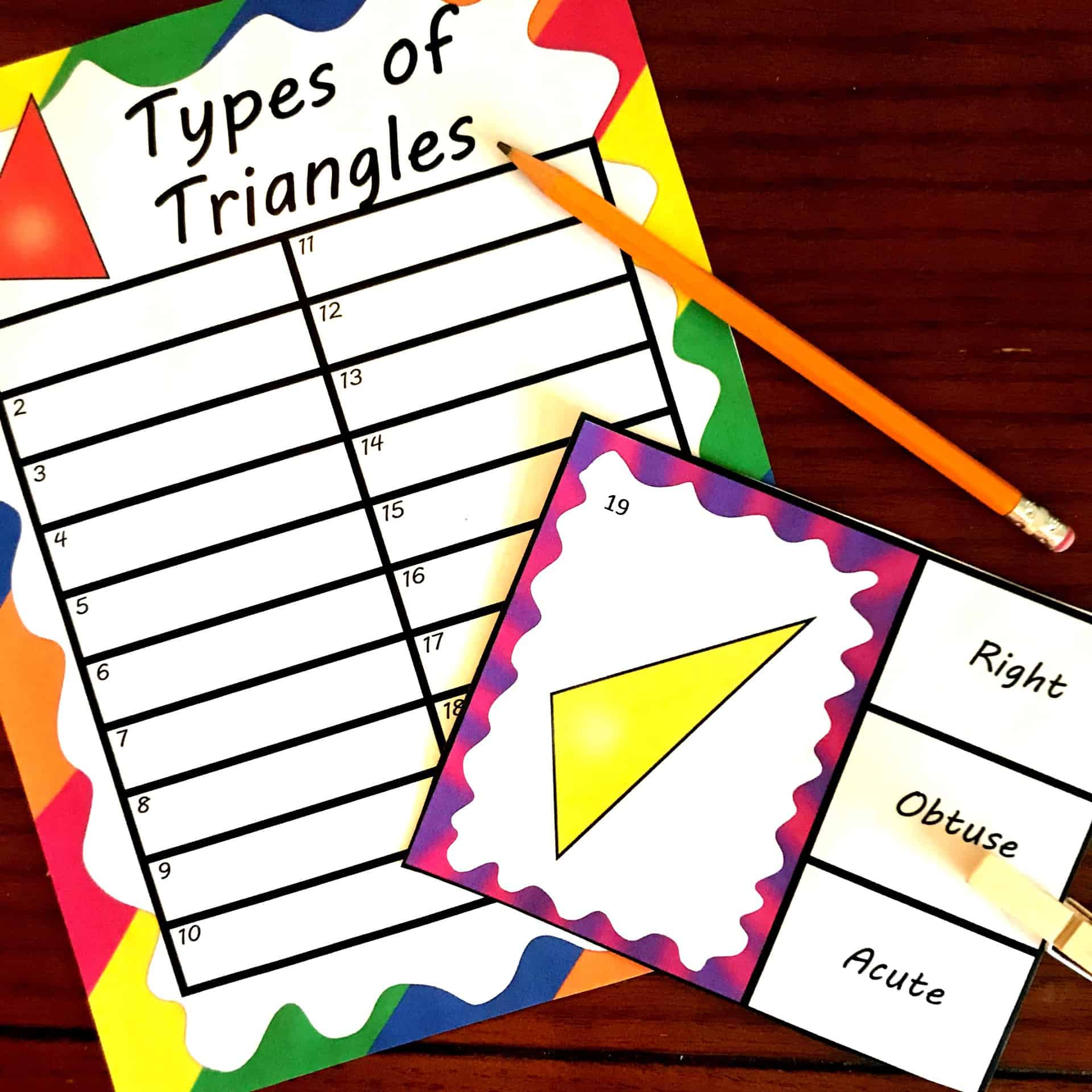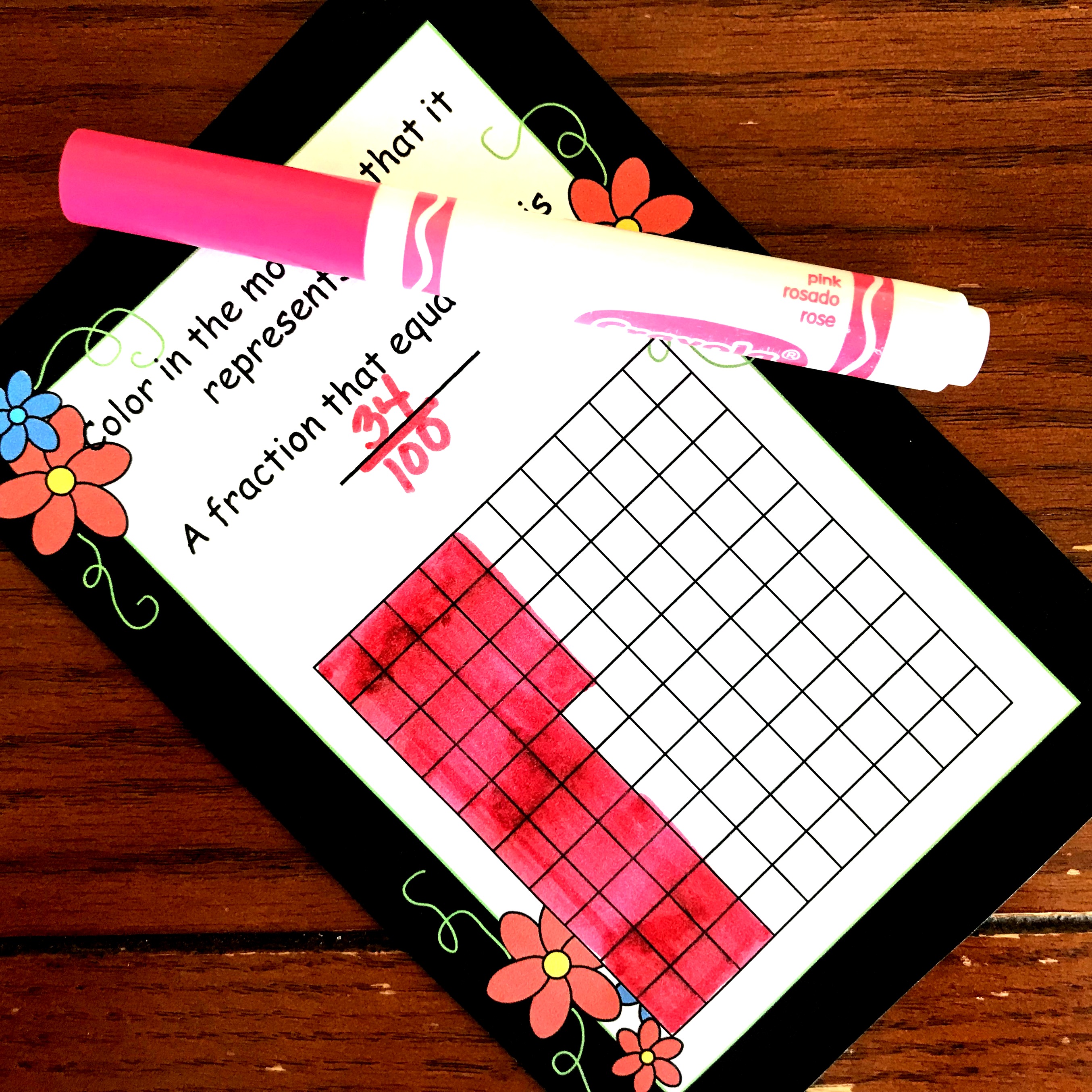Three Steps For Teaching Numerators and Denominators
Teaching numerators and denominators is the first step in building fraction number sense. This free printable is a great way to let children explore them.
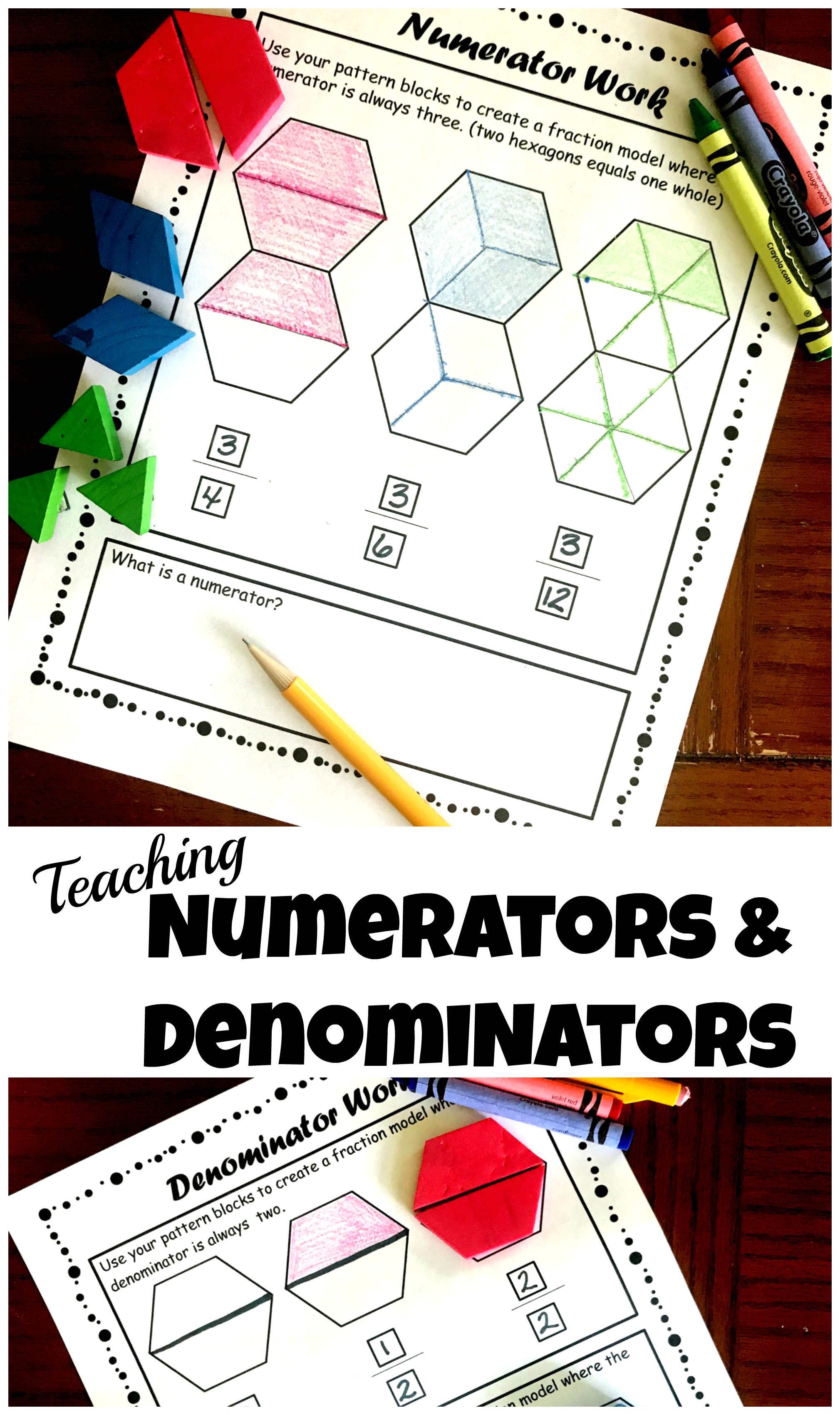
Whether you are a third-grade teacher introducing fractions, a fourth-grade teacher building the foundations of adding and multiplying fractions, or a fifth-grade teacher facing the daunting task of multiplying mixed numbers, one thing is needed.
Fraction Sense!
I’m so excited to announce that Bethany Lake from Math Geek Mama and I are teaming up to provide you with five different strategies and activities that will help Develop Fraction Sense in your child or students. Every Monday for the next few weeks, we will share with you hands in and engaging ways you can teach fractions!
Today we are going to start with teaching numerators and denominators. And we will be moving into…
Benchmarks
Number lines
Visual Models or Arrays
Decomposing
And here we go for today!!!
Teaching Numerators and Denominators: What you need!
This activity for teaching numerators and denominators is simple and requires no prep.
Simply….
1. Gather up pattern blocks
2. Make sure children have pencils and colored pencils
3. Print off the freebie at the end of the post
4. Possibly get cookies as an introduction activity
Step 1: Starting with food:
A child that has never seen a fraction in their life somehow understands 1/2. They get sharing, and they totally get having to share one cookie between two people.
It is an easy way to start fractions. Begin by passing out one cookie per two students and ask them to share it equally. Stress the word EQUALLY!!
After the students have done that, now you get to introduce three vocabulary words to them.
- Whole – what it takes to make 1
- Numerator – shows how many parts we have
- Denominator – shows how many equal parts it takes to make a whole
I love asking questions to help children find the answers. It helps them do the thinking, and it makes the learning theirs and not mine. Here are a few questions you can ask to help children discover the meaning of the words whole, numerator, and denominator.
- What does the whole cookie look like?
- How many cookies do you have?
- What does a whole equal?
- How many equal parts did you have to divide the cookie up into so it could be equally shared?
- How many parts did each partner get?
- Can you make four equal parts? What is the numerator/denominator now? Did the whole change?
STEP 2: Moving Onto Pattern Blocks
After allowing the children to enjoy their cookie, it is time to move onto pattern blocks….one of my favorite ways to teach fractions.
Begin by holding up the hexagon and ask what blocks could be used to show 1/2.
Hopefully, they can see that the red trapezoid accomplishes this. If not, have them place the trapezoids, rhombuses, and triangles on the hexagon and ask them which one equally divides the hexagon into two equal parts.
From here, you could simply ask the children to show you 1/3, 2/3, 1/6, 2/6e etc. Or you could allow children to explore and come up with their own fractions.
Once the children have used the pattern block to create fractions, it is time to move to the third step.
Step 3: Teaching Numerators and Denominators Printables
Now that the teaching Numerators and Denominators part is done, it is time for exploration.
The printables ask students to create fraction models in which the numerator or denominator does not change. In the first example, the students create fraction models where the denominator remains 2. The numerator can be any number, and the child decided to make the first model have a numerator of o, the second numerator is a 1, and the third numerator is a 2.
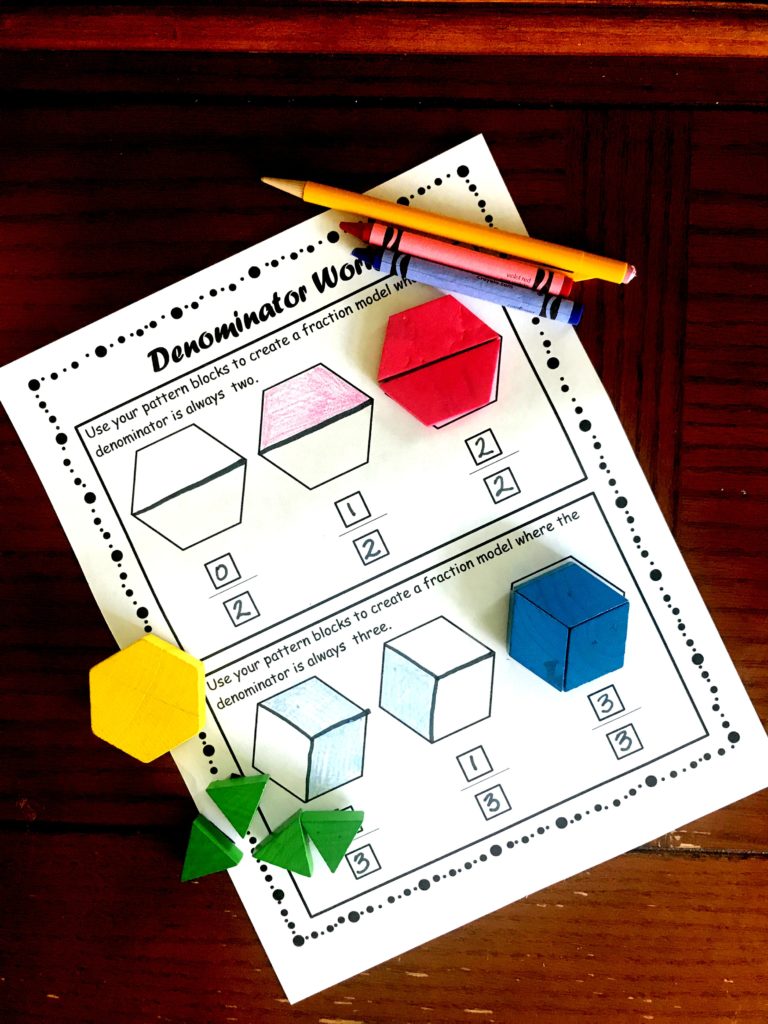
The other set has children creating fraction models where the numerator does not change. In this example, the numerator must always be a three and the whole is two hexagons. To keep the numerator the same, the types of pattern blocks used must change. This may be a challenge for some children, but if they can figure this out….it will help drive home exactly what a fraction is.
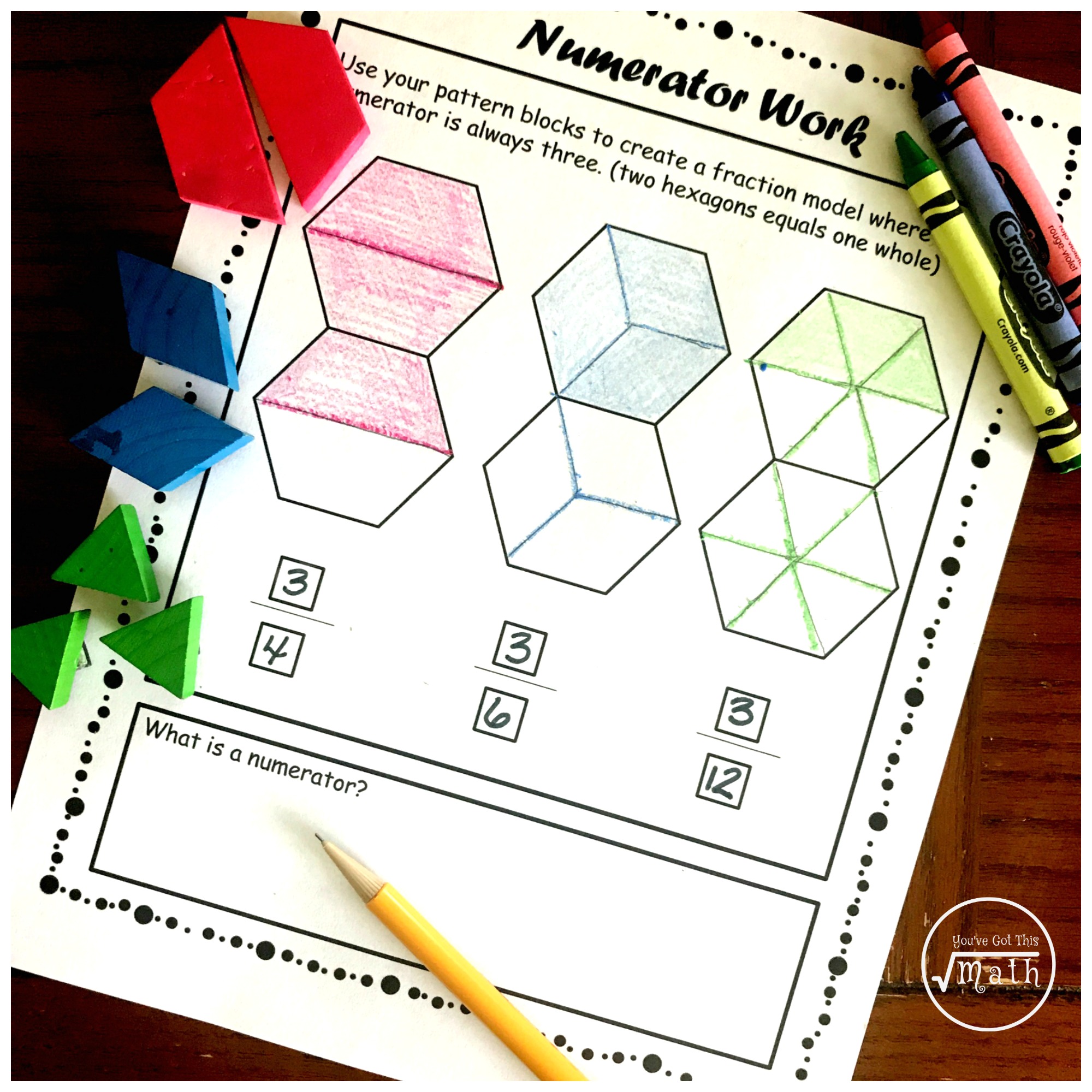
There are also opportunities on these printables for children to write about their learning. Allowing children to verbalize what they have learned and put it in writing is just another means of mastering a topic.
I hope you have found some useful ideas to begin your fraction unit, and I can’t wait to share more activities to build fraction number sense in the coming weeks!
You’ve Got This
You May Also Like…
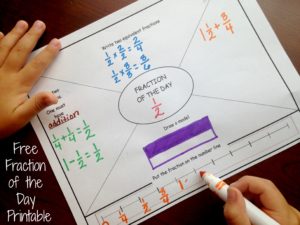
Teaching equivalent fractions with pattern blocks
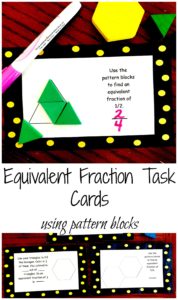
Or check out my 3 – 5 free printable page which includes numerous fraction activities.
